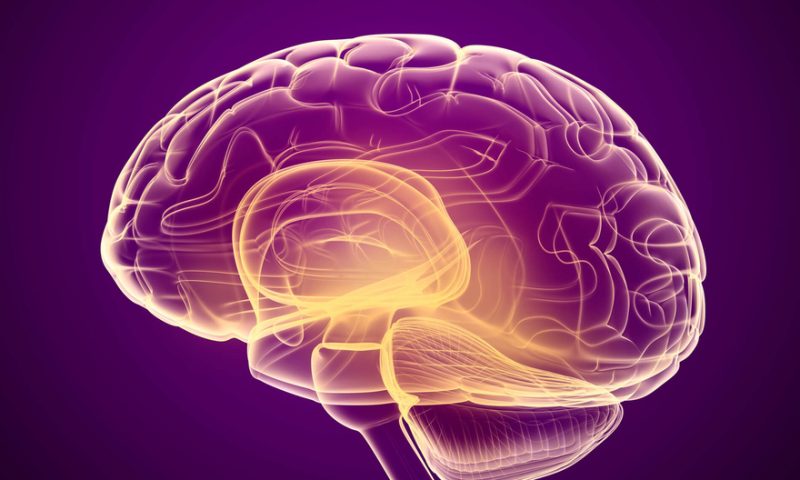For patients who have suffered strokes, clot-busting drugs and surgery can help in their recovery by restoring blood flow to the brain. But no FDA-approved drug is available to reduce the loss of neurons that often leads to long-term disabilities.
Neuroscientists at the University of Pittsburgh have identified a novel drug they believe could protect the brain from neuronal tissue damage during and after a stroke.
The drug, called TAT-DP-2, works by disrupting a potassium ion channel that’s key to regulating neuronal death. In mice, administering the drug after stroke led to reduced brain damage, according to a new study published in the journal Science Advances.
A stroke happens when clots block a blood vessel in the brain, which prevents oxygen from reaching neurons. A region of the brain called the ischemic penumbra becomes dysfunctional, and tissues there often die later.
“We are looking for ways to prevent these other neurons from dying,” explained Elias Aizenman, Ph.D., senior author and professor of neurobiology at the University of Pittsburgh, in a statement. “If we can do that, recovery might be improved, and we might be able to better help people who have strokes in which the clot is in an inaccessible blood vessel or who could not get to the hospital in time for early intervention.”
In previous studies, Aizenman and colleagues found that a potassium channel in the cell membrane called Kv2.1 works with a protein called syntaxin to rally additional channels into the plasma membrane hours after a stroke. That prompts potassium ions to leak out of the neurons, leading to cell death.
The scientists figured that disrupting the clustering of these channels could promote the protection of neurons. Following that rationale, they designed the injectable TAT-DP-2 to do just that.
In lab dishes, adding TAT-DP-2 to neurons following injury significantly reduced enhancement of Kv2.1 potassium currents and resulted in less cell death.
In mice, animals that received TAT-DP-2 after a stroke had smaller areas of stroke damage, and they performed better on a neurological function score after a long-term follow-up than did control mice, the team reported.
Millions of people suffer from a stroke annually. While existing therapies and medical procedures can provide benefits, many patients still don’t survive or they suffer serious long-term symptoms like swallowing difficulties and numbness. That’s why scientists are still looking for better options to manage stroke.
A research team at Lund University in Sweden recently turned skin cells into nerve cells, which helped repair the neuronal damage caused by strokes in mice. Stanford University scientists previously showed that blocking a microRNA called miR-181a after brain trauma prompted star-shaped astrocytes to turn into neurons.
The University of Pittsburgh scientists argued that their findings suggest disruption of Kv2.1 could be a viable neuro-protective strategy and that it could guide the development of novel stroke drugs.

